How to Wash a Wok
5.0
(16)
Your folders
Your folders
Prep Time: 5 minutes
Total: 5 minutes
Author : Bill
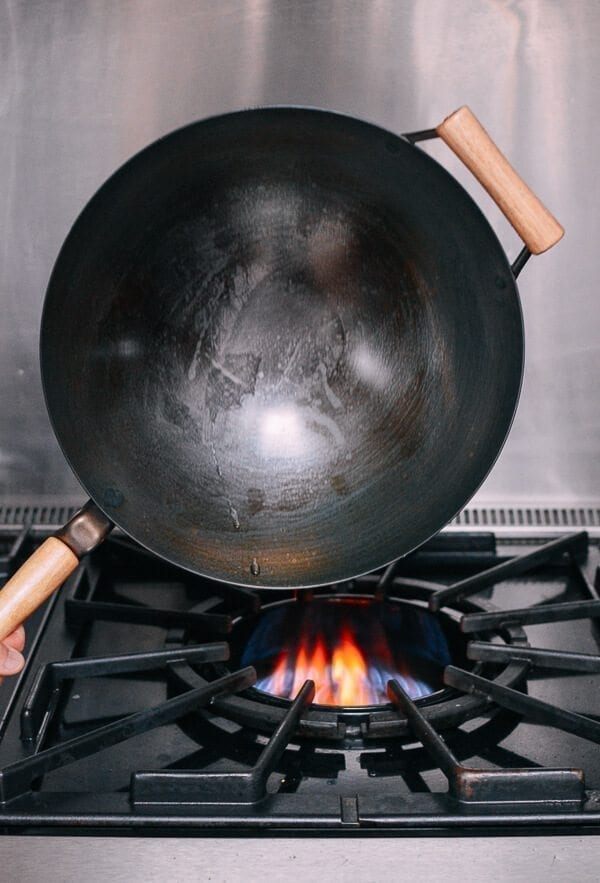
Ingredients
Export 2 ingredients for grocery delivery
Instructions
Step 1
Once you are done cooking, let the wok cool down to a manageable temperature before you transfer it to a sink. Generally, it’s best to clean a warm wok while grease, oil, and food bits are still soft.
Step 2
Don’t let the wok sit for very long with sauce or excess food in it, as it may begin to rust. This is especially important when cooking with acidic ingredients (citrus juice, vinegar, etc.). Believe it or not, these acidic ingredients can begin stripping your wok’s patina within minutes!
Step 3
Once it’s in the sink, if there is a thick residue of sauce or crusty bits, use your metal spatula to gently scrape them off with some water. This helps avoid gunging up your sponge. Don’t worry about any minor scratches to the wok.
Step 4
Grab a scrubbing sponge, and using light yet firm pressure, scrub the wok in a circular motion, starting in the middle of the wok and continuing up the sides. Make sure to clean the entire surface. If your wok is extra greasy, you can use a small amount of mild dish soap.
Step 5
The goal is not to make the wok one even color or to shine it up. The wok surface should simply be smooth and free of residue. Run your fingers along the surface of the wok to check! The wok may still feel slightly greasy. This is okay. But if you feel any bumpy bits, keep scrubbing.
Step 6
Give the wok a good rinse. Tilt the wok to pour off any standing water, give it a quick shake, and return it to the stovetop.
Step 7
Heat your wok on the stove until it's completely dry. You can use a paper towel to wipe off any stabding water to speed the process.
Step 8
This step is somewhat optional if you cook with your wok often (daily or a few times a week), but it’s recommended if you use your wok less frequently, or if you want to build your wok’s patina more quickly. Spread 1 teaspoon vegetable oil around the perimeter of the heated, dry wok, and wipe the entire surface down with a paper towel. Make sure you get every spot!
Step 9
The paper towel should have a light brownish color on it, which is a normal indication of a matured or developing non-stick patina. If the towel is dark brown, you probably could have done a bit more cleaning. Just wipe it down again with a new paper towel, or return it to the sink for another light washing.
Top similar recipes
Curated for youYour folders
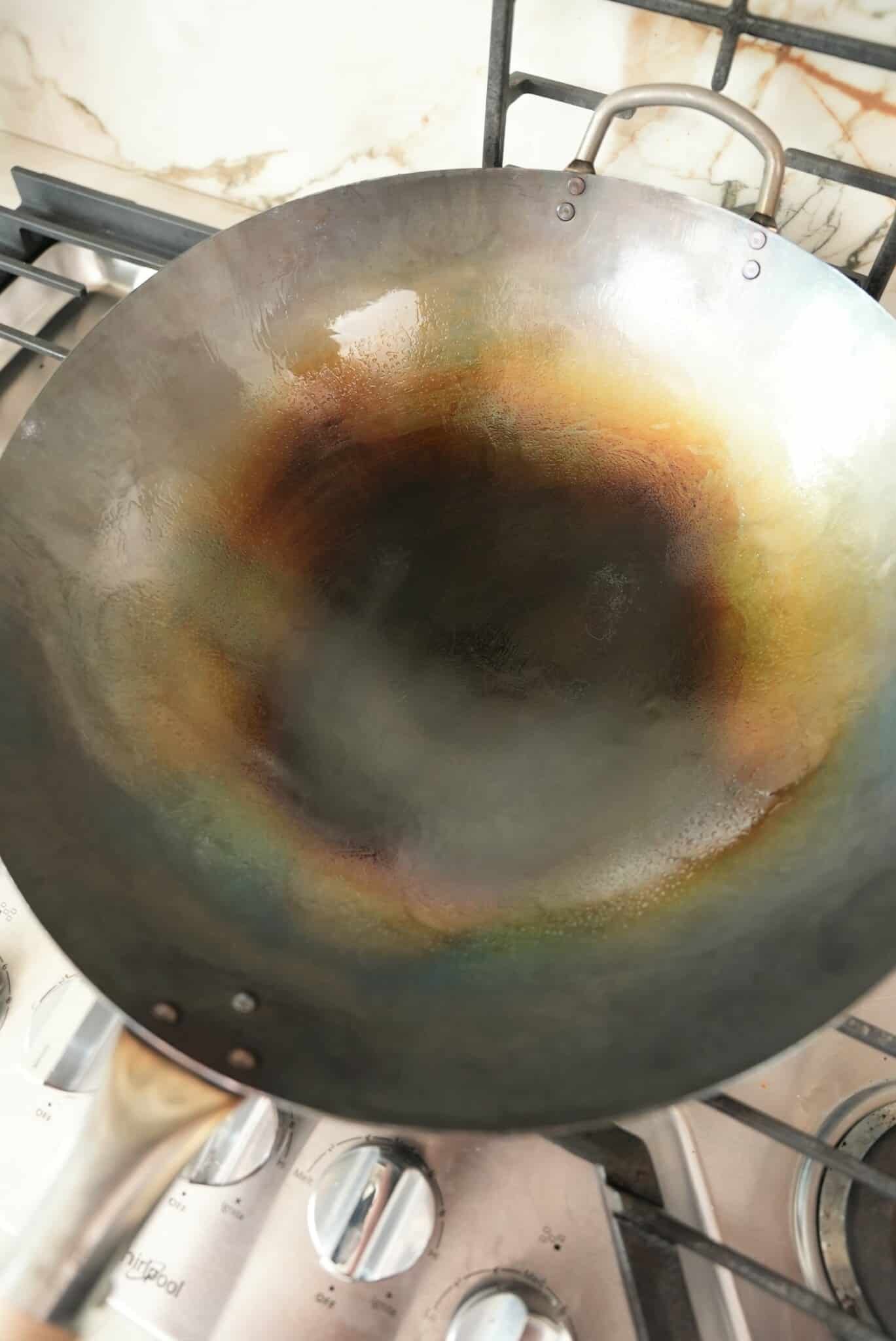
 166 views
166 viewsHow To Season A Wok
cjeatsrecipes.com
5.0
(1)
30 minutes
Your folders
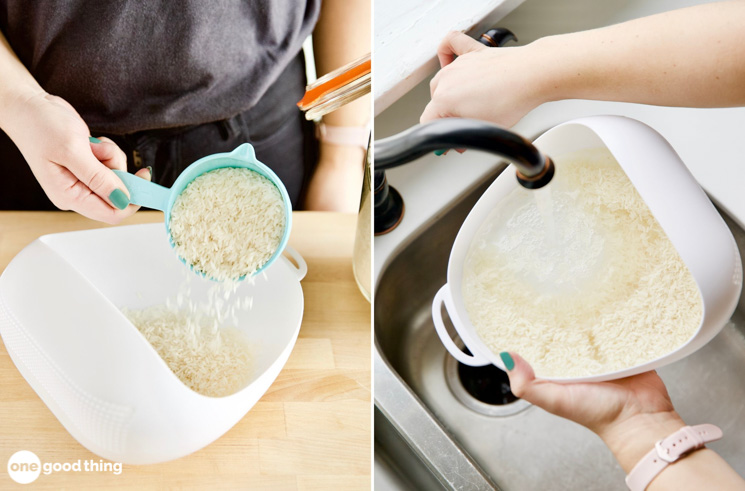
 278 views
278 viewsHow To Wash Rice
onegoodthingbyjillee.com
Your folders

 174 views
174 viewsHow to Season a Wok (with Pictures)...
wikihow.com
Your folders

 103 views
103 viewsHow to Make a Vegan Egg Wash for Ba...
delightfuladventures.com
5.0
(6)
1 minutes
Your folders
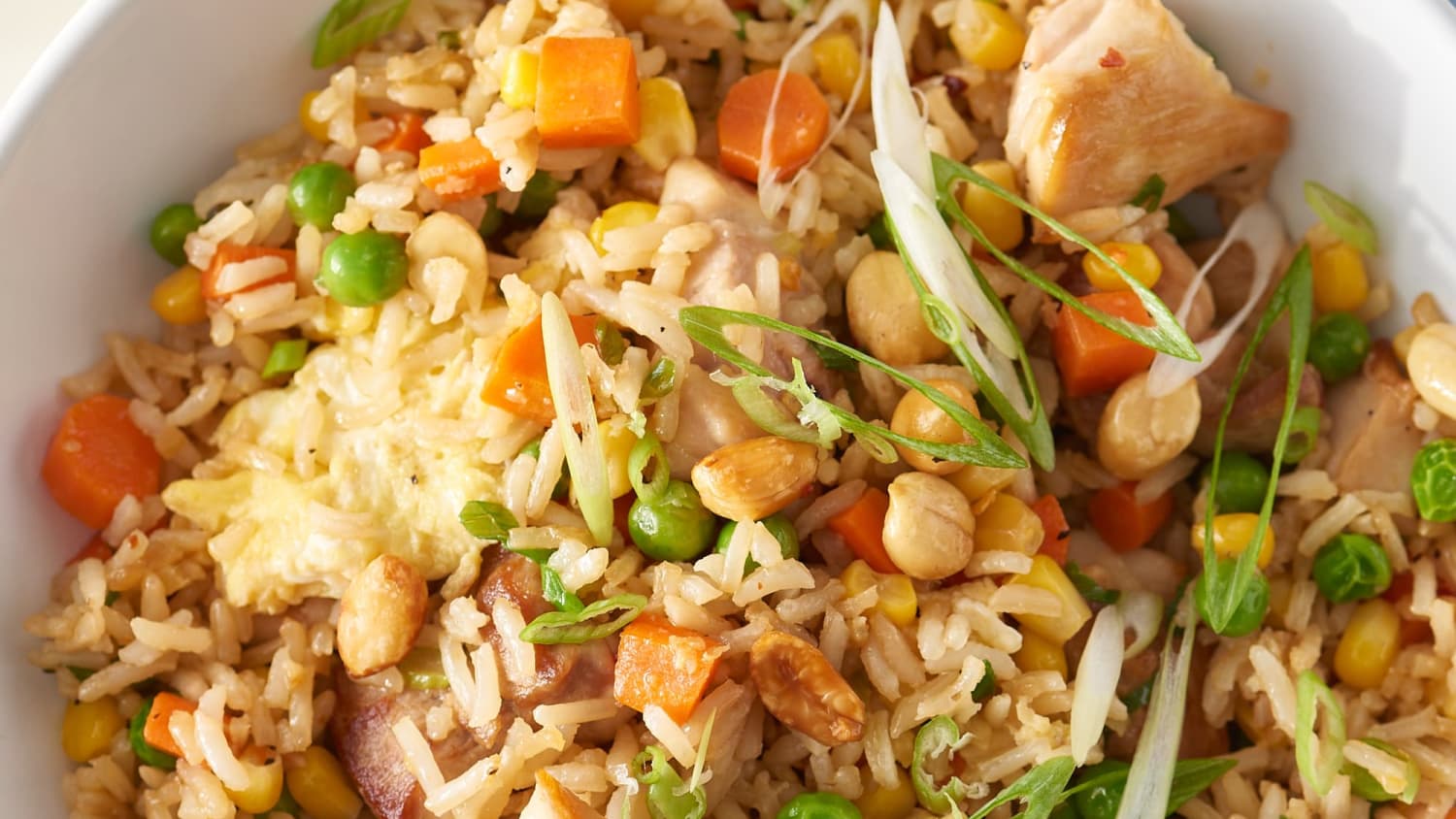
 211 views
211 viewsHow To Make the Best Chicken Fried ...
thekitchn.com
4.0
(6)
Your folders

 107 views
107 viewsHow To Wash & Cut Lettuce For W...
onelovelylife.com
5.0
(3)
Your folders
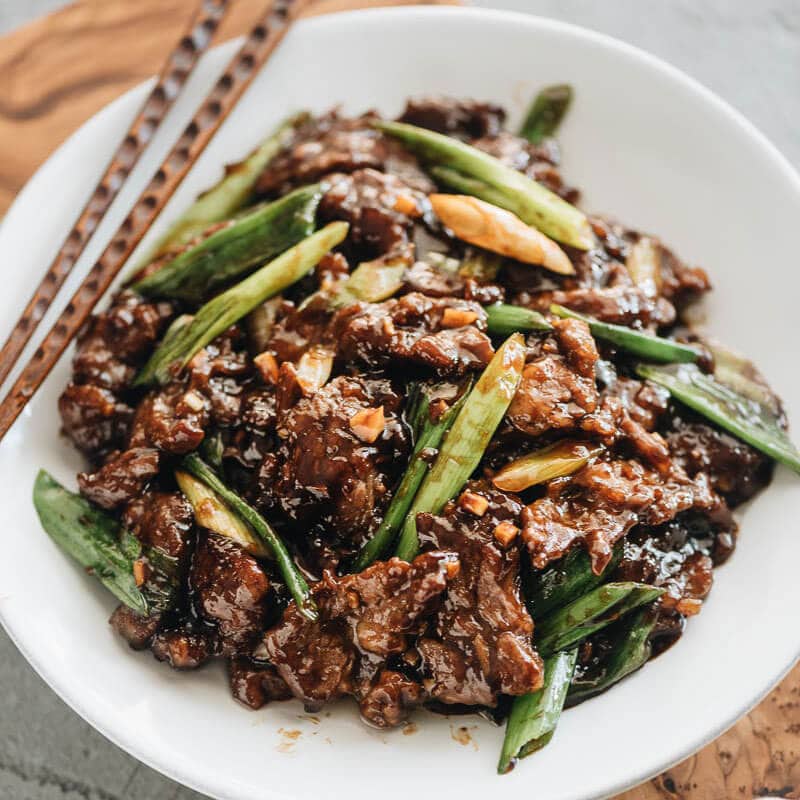
 216 views
216 viewsMongolian Beef (Without Using a Wok...
omnivorescookbook.com
4.9
(9)
5 minutes
Your folders

 285 views
285 viewsSimple Spicy Asparagus in a Wok
cooking.nytimes.com
5.0
(217)
Your folders
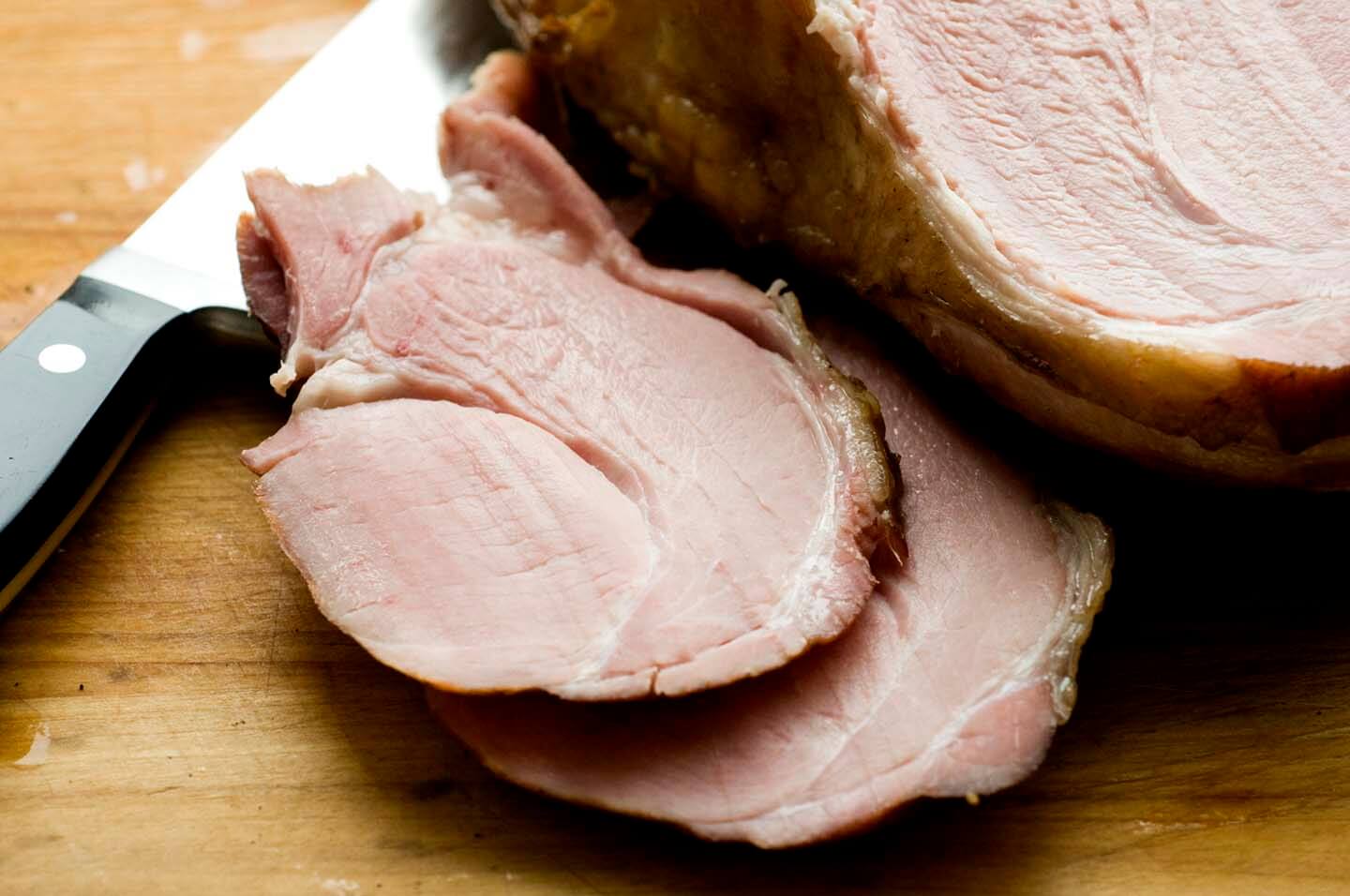
 250 views
250 viewsHow to cure a ham
homesicktexan.com
4.9
(19)
Your folders
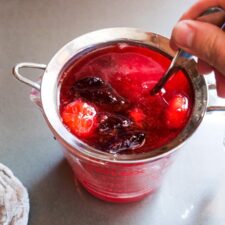
 528 views
528 viewsHow to make a Shrub!
feastingathome.com
5.0
(2)
24 hours
Your folders

 346 views
346 viewsHow to Truss a Turkey
culinaryhill.com
5.0
(2)
Your folders

 309 views
309 viewsHow to Cook a Turkey
allrecipes.com
4.8
(156)
3 hours
Your folders
 81 views
81 viewsHow to Cook a Turkey
tastesbetterfromscratch.com
Your folders

 1193 views
1193 viewsHow To Make A Mojito
gimmesomeoven.com
Your folders

 783 views
783 viewsHow To Brine a Turkey
thekitchn.com
3.9
(11)
Your folders

 569 views
569 viewsHow to Make a Highball
esquire.com
Your folders

 614 views
614 viewsHow to Make a Milkshake
spendwithpennies.com
5.0
(27)
Your folders

 985 views
985 viewsHow to Cut a Mango
jessicagavin.com
3.5
(25)
Your folders

 651 views
651 viewsHow To Make a Frittata
thekitchn.com
4.3
(43)